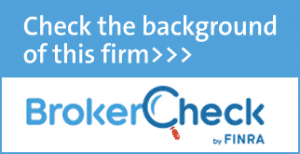What to do with your 401k once you leave your job
When you leave your job, you have several options when it comes to your 401k account.
One option is to leave your 401(k) with your former employer. If you have a balance of at least $5,000, you can usually keep your money in the plan and continue to manage it as you did while you were employed. However, it’s important to keep in mind that you may have limited investment options and may be charged higher fees if you leave your money in the plan.
Another option is to roll over your 401(k) into an individual retirement account (IRA). An IRA is a personal retirement account that offers more flexibility and potentially lower fees than an employer-sponsored 401(k) plan. You can choose from a variety of investment options and have more control over your retirement savings. To roll over your 401(k) into an IRA, you’ll need to open an IRA account and then transfer the funds from your 401(k) into the new account.
A third option is to cash out your 401(k). While this may be tempting if you’re in a financial bind, it’s generally not a good idea. Cashing out your 401(k) means you’ll have to pay income taxes on the funds, and you’ll also be hit with a 10% early withdrawal penalty if you’re under age 59½. This can significantly reduce the value of your retirement savings.
It’s important to carefully consider your options and the potential consequences before deciding what to do with your 401(k) when you leave your job. You may want to consult with a financial advisor or tax professional for guidance.
Get regular updates about what matters most.
Recent Posts
- Expert Tips on Estate Planning with Nicole C.B. Hancock April 22, 2024
- Unlocking Your Dream Home: Expert Tips on Securing a Mortgage in Retirement with Per Moerkeseth March 18, 2024
- Deciding When to Take Social Security: A Comprehensive Guide to Early Claims March 7, 2024
- The Fragile Decade: Avoid These 10 Common Retirement Planning Mistakes March 1, 2024
- Back to College-Building Your Dream Team: Lawyers, Accountants, and Partnerships for Financial Success February 28, 2024
